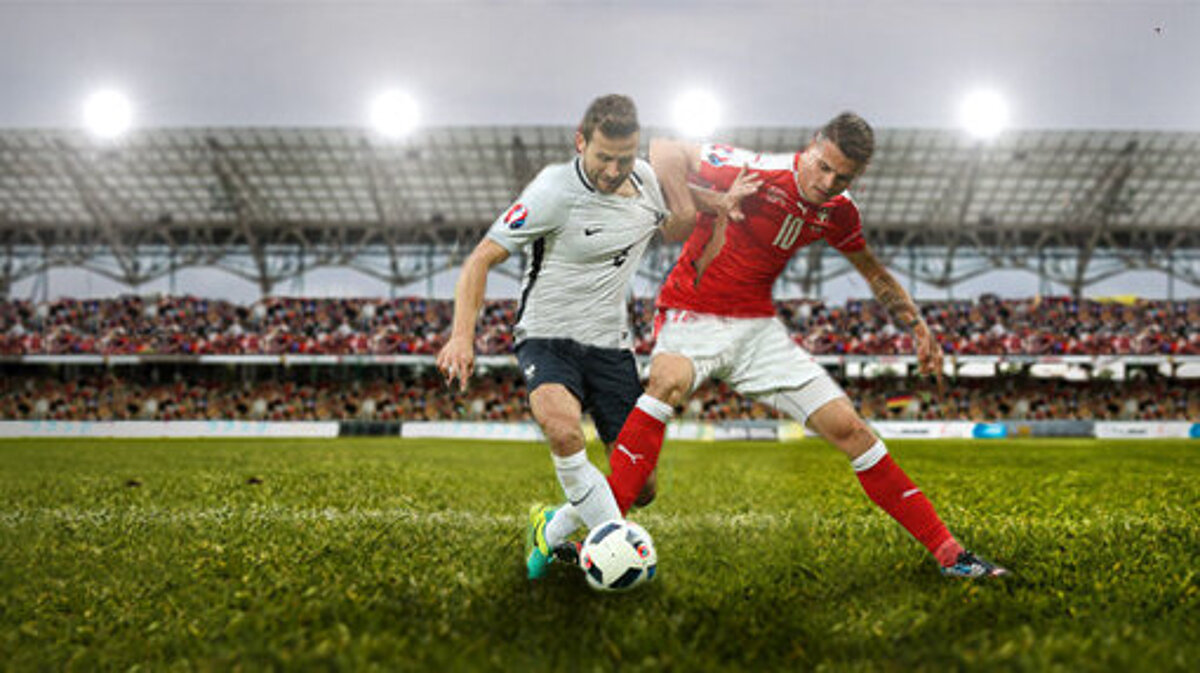Tear test soccer jersey - What modern jerseys have to withstand

Membrane and fabric calculations for packaging and textiles
Take the year 1990. The 14th edition of the soccer World Cup arrives in Italy. The squad of Franz Beckenbauer, Jürgen Klinsmann and Lothar Matthäus wins 1:0 in the final against Argentina. In 2018, the German jersey manufacturer follows up on its success. With the design based on the jersey from 1990, the team is expected to bring the trophy back to the country again in 2018.
While the jerseys were probably still very uncomfortable and warm at the time, sophisticated technologies are used for modern jerseys.
Besides the design, other factors also play an important role:
The material of a jersey must be particularly light and able to optimally wick away sweat. It should also not cause sore spots due to friction and not become too heavy on wet turf. Dirt resistance and heavy loads on the material from ground contact and tough duels are, of course, also part of everyday life.
If the jersey does not withstand the stresses, it will be damaged or even unusable. This can cause game interruptions, frustration and, of course, a few laughs, as the Swiss national team has already found out:
[su_quote]As many as seven jerseys tore during a match against France at the 2016 European Championship. The laugh on the Internet quickly raised the question: "Was it actually due to the French's thuggish style of play or were product defects to blame for the dilemma?"
The sporting goods manufacturer described the problem as a faulty batch of material. Incorrect heat exposure would have contributed to the weakening of the material.[/su_quote]
Detect weak points already in the development phase with FEM
A wide variety of fabrics can be calculated with FEM analysis as early as the development phase, and weak points can be efficiently found and eliminated. Simulations become interesting for materials with high stress. Increased safety, lower costs and better product quality are the goals of such calculations. Membrane and fabric calculations are used, for example, for:
- Airbags
- Carrier bags
- Packaging materials
- Safety or outdoor clothing
…
How does the membrane and tissue calculation work?
The behavior of the tissue is analyzed with the aid of small submodels. After the analysis, the behavior is transferred to the overall model. This model can then be used to identify hotspots of stress. Countermeasures can now be taken, for example, by improving the placement of seams, changing the cut or strengthening the material at points subject to particular stress.
The examination of anisotropic behavior as well as composites (e.g. multilayer films) is possible with this method. Furthermore, not only the membrane itself, but also the enclosed component or body part can be used for the calculation. Thus, simulations for packaging, packaging material and their protective effect are possible.
[smartslider3 slider=5]
In addition to the normal fabric & membrane calculation, Fluid Structure Interaction can also be used to simulate the expansion of gas-filled bodies and their load. This method is used, for example, for airbags or balloons.
Have we aroused your interest?
If you have similar tasks, please do not hesitate to contact us.
